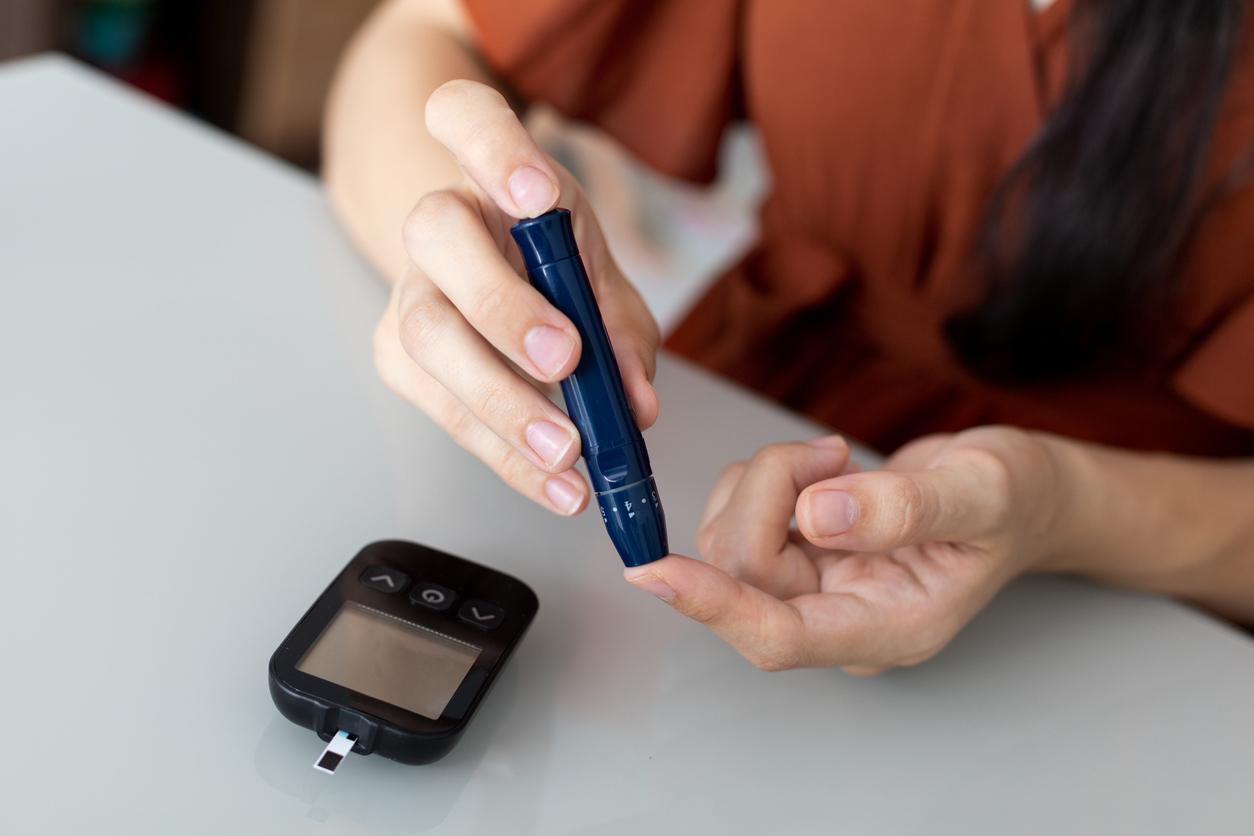March 31, 2005 – A man’s waist size is believed to be the most accurate measure to determine his risk of one day developing type II diabetes. This measurement would be more significant than the body mass index (BMI), the standard adopted by the World Health Organization (WHO) for determining healthy weight and excess weight.
This is what the results of an American prospective study reveal1 conducted among 27,270 men and aimed to compare the effectiveness of three measures in predicting the risk of type II diabetes: body mass index (BMI), waist circumference, and waist-to-hip ratio.
In the 13 years that their observations took place, researchers identified 884 cases of type II diabetes. The data they collected shows that a waist circumference of 94 cm (37 inches) or more can predict the incidence of the disease in 83.6% of cases. In comparison, a BMI of 24.8 or greater is 82.5% accurate, while a waist-to-hip ratio of 0.94 or greater is 74.1% accurate.
Noting the superiority of waist circumference over BMI in predicting type II diabetes in humans, the researchers indicate that the combined use of these two measures allows for even more reliable predictions. Likewise, they suggest lowering the threshold above which the waistline becomes a precursor of this condition. Currently set at 102 cm (40 inches), this should be reduced to 95 cm (37.5 inches), they say.
This isn’t the first time that a study has suggested using waist measurement to better predict – and prevent! – the risk of type II diabetes. Joined in Helsinki (Finland) where he was giving a conference on the subject, Dr Jean-Pierre Després, of the Research Chair on Obesity at Laval University, said that hundreds of publications from the laboratory he heads went in this direction.
He hopes the results of this new study will influence public health practices. “I’ve been telling family physicians for 15 years to rely more on waist circumference than body weight; the most important thing is to integrate it into medical clinics, ”concluded the one who is also director of research at the Laval Hospital Heart Institute in Quebec.
Martin LaSalle – PasseportSanté.net
According to WebMD.
1. Wang Y, Rimm EB, Stampfer MJ, Willett WC, Hu FB, Comparison of abdominal adiposity and overall obesity in predicting risk of type 2 diabetes among men, American Journal of Clinical Nutrition, March 2005, Vol. 81, No 3, 555-63.















